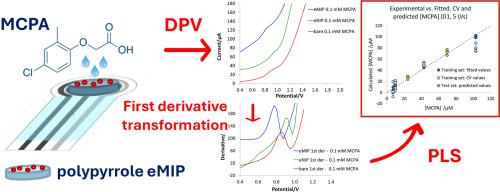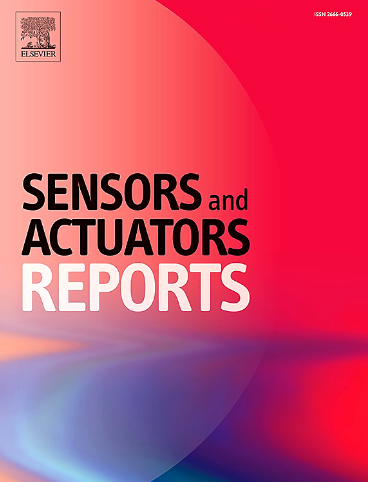Chemometric-assisted eMIP-modified screen-printed sensor for robust herbicide MCPA determination
Abstract
The paper describes the development and application of a screen-printed electrode cell with a graphite-ink working electrode modified by a molecularly imprinted electropolymerized polypyrrole for the voltammetric determination of the herbicide 4‑chloro-2-methylphenoxyacetic acid (MCPA). The method exploits the direct measurement of the analyte by applying the differential pulse voltammetry (DPV) technique, taking advantage of the irreversible oxidation peak at about +1.0 V vs. Ag/AgCl pseudo reference electrode. The presence of the molecularly imprinted polypyrrole enhances the sensor's selectivity and sensitivity. A chemometric approach has been crucial for quantitative analysis because of the peak's broad and not well-defined shape. Firstly, a proper pretreatment of the voltammetric signals is identified, proving the most effective is the first-derivative function transformation of the signal. The Partial Least Square regression (PLS) is the tool applied for MCPA quantification. A preliminary PLS model has been developed and validated in dihydrogen phosphate solution at pH 5.5, aiming to optimize the data treatment approach. Then, the same approach is used to develop a PLS model analyzing tap water samples fortified with MCPA and other pesticides as possible interferents to simulate contaminated natural waters. The model correctly predicted the analyte concentration in the range of 2.5–75 μM, assuring the reliability and robustness of the sensor for the possible quantification of MCPA in wastewater samples.


 求助内容:
求助内容: 应助结果提醒方式:
应助结果提醒方式:


